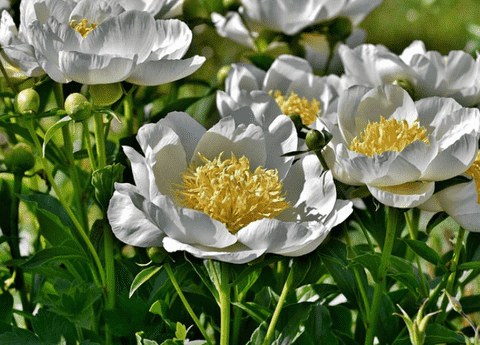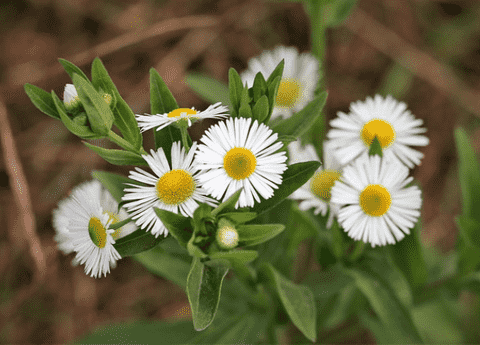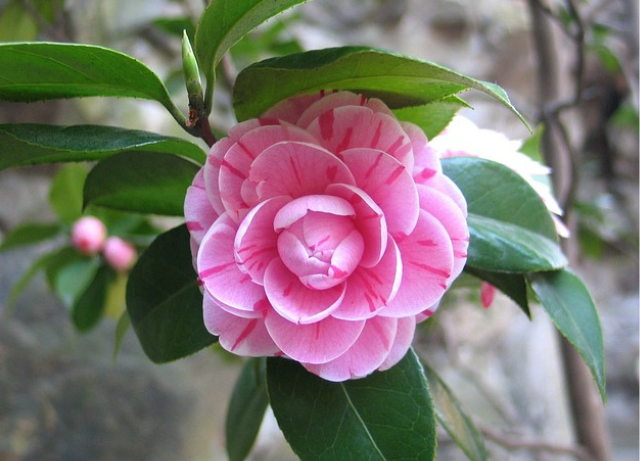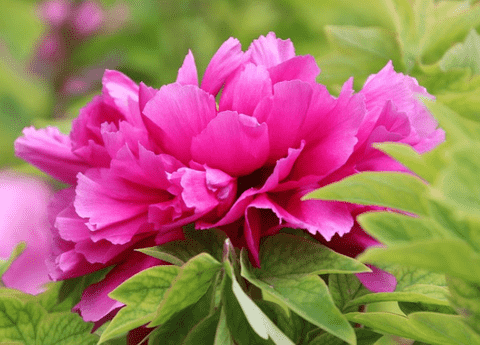Mastering Areca Palm Care: Tips for Thriving Indoor Palms
Table of Contents
Areca palms, with their lush, feathery fronds and graceful arching stems, are a popular choice for indoor gardeners looking to bring a touch of the tropics into their homes. These elegant plants not only enhance the aesthetic appeal of any space but also thrive in indoor conditions with the right care. In this guide, we will delve into essential Areca palm care tips, from understanding the ideal growing conditions to establishing a proper Areca palm watering schedule. Whether you’re a seasoned plant enthusiast or a beginner looking to expand your indoor garden, our comprehensive advice will help your Areca palm flourish indoors.
Understanding Areca Palm Basics
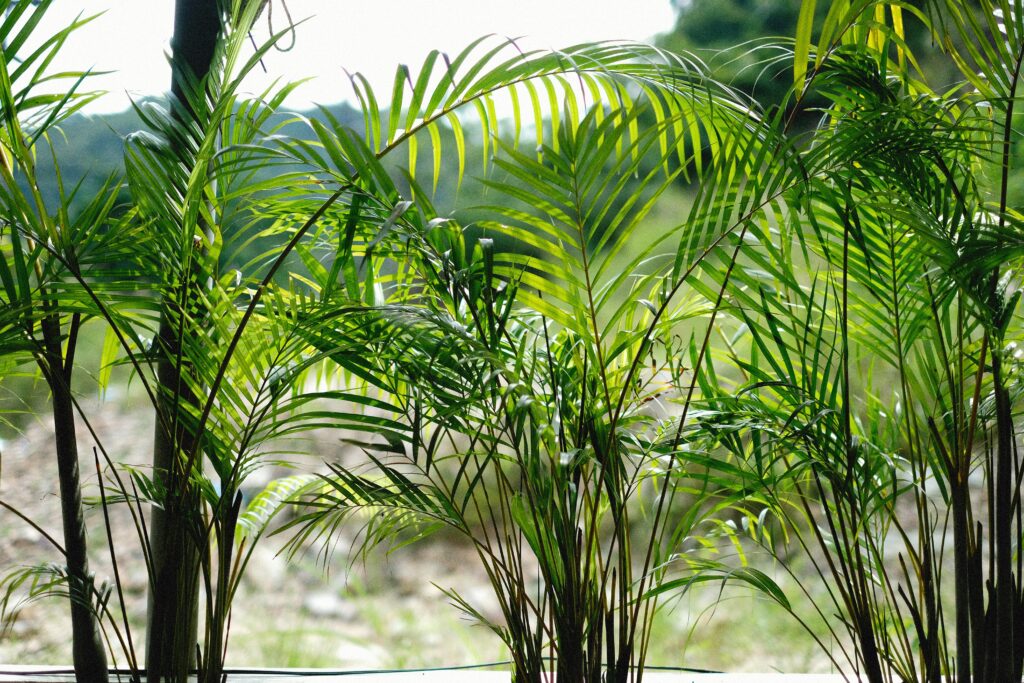
Introduction to Areca Palms
Areca palms, scientifically known as Dypsis lutescens, are native to Madagascar and are commonly referred to as butterfly palms due to their arching fronds. These palms are well-suited for indoor environments, given their preference for bright, indirect light and moderate humidity levels. They can grow up to 6-7 feet indoors, making them a striking focal point in living rooms and offices. Areca palms are also known for their air-purifying qualities, as they help remove toxins such as formaldehyde, xylene, and toluene from the air. When introducing an Areca palm into your home, it’s important to provide them with the right conditions to ensure they thrive. With proper care, Areca palms can live for several years, adding a lush, tropical feel to your indoor space.
Ideal Indoor Conditions
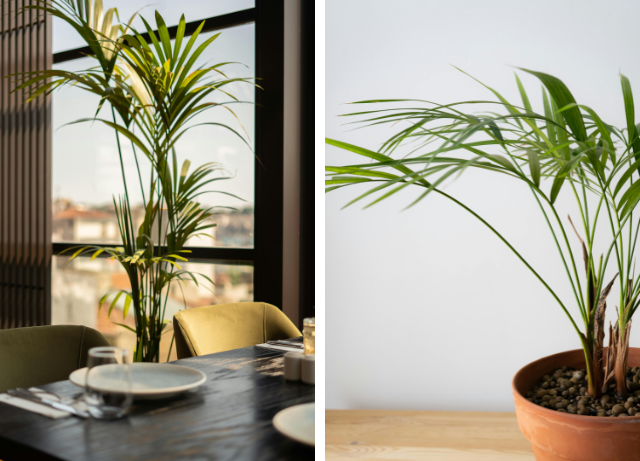
To ensure your Areca palm thrives, it’s essential to replicate its natural habitat as closely as possible. These tropical plants prefer bright, indirect light. Place your Areca palm near a window that receives filtered sunlight, but avoids direct sunlight, which can scorch the fronds. In terms of temperature, Areca palms thrive in a range of 65-75°F (18-24°C). They do not tolerate cold drafts, so keep them away from windows and doors during winter. Humidity is another crucial factor; these palms prefer a humid environment. If your home is dry, consider using a humidifier or placing a tray of water near the plant to maintain moisture levels. Also, make sure the soil drains well to avoid waterlogging, as it can cause root rot. By providing these ideal indoor conditions, you can promote healthy growth and longevity for your Areca palm.
Common Varieties
While the Areca palm (Dypsis lutescens) is the most well-known variety used for indoor gardening, there are several other types of palms that you might encounter. The Kentia palm (Howea forsteriana) is another popular choice for indoor spaces, known for its graceful, arching fronds and ability to tolerate lower light conditions. The Parlor palm (Chamaedorea elegans) is smaller and more compact, making it ideal for tabletops and small spaces. The Bamboo palm (Chamaedorea seifrizii) resembles bamboo with its multiple stems and bushy appearance, adding a unique texture to your indoor garden. Each of these varieties has its own unique characteristics and care requirements, but all share a common preference for bright, indirect light and humid conditions. By understanding the specific needs of these common varieties, you can choose the best palm for your space and ensure it thrives indoors.
Essential Areca Palm Care Tips
Proper Watering Schedule

Establishing a proper Areca palm watering schedule is crucial for the plant’s health. Areca palms prefer consistently moist soil but are sensitive to overwatering, which can lead to root rot. To maintain the perfect balance, water your palm when the top inch of soil becomes dry to the touch. During the growing season (spring and summer), you may need to water more frequently, approximately once a week. In the dormant season (fall and winter), reduce the frequency to every two to three weeks. When watering, ensure the water drains out of the bottom of the pot to prevent waterlogging. Additionally, using room-temperature water is ideal, as cold water can shock the roots. Monitoring the plant’s environment and adjusting the watering schedule accordingly will help maintain optimal moisture levels, ensuring your Areca palm remains healthy and vibrant.
Fertilization Strategies
Proper fertilization is key to keeping your Areca palm vibrant and healthy. During the growing season, which spans from spring to early fall, feed your Areca palm with a balanced, water-soluble fertilizer every four to six weeks. An ideal fertilizer has an N-P-K ratio of either 10-10-10 or 20-20-20. Be sure to dilute the fertilizer to half the recommended strength to avoid over-fertilization, which can cause leaf burn and damage to the plant. In the dormant season, from late fall to winter, reduce feeding to once every two to three months or stop altogether, as the plant’s growth slows down significantly. Additionally, it’s beneficial to flush the soil with water every few months to prevent the buildup of salts and minerals from the fertilizer. By following these fertilization strategies, you can provide your Areca palm with the necessary nutrients for robust growth and lush foliage.
Pruning and Maintenance
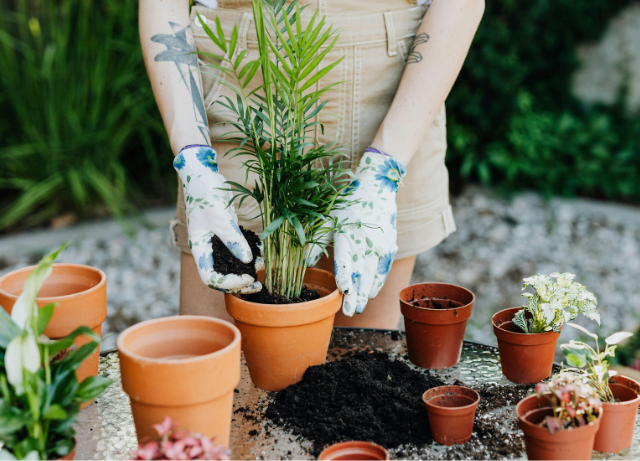
Regular pruning and maintenance are vital for the overall health and appearance of your Areca palm. While Areca palms do not require heavy pruning, removing dead or yellowing fronds can help direct the plant’s energy toward new growth. Use clean, sharp scissors or pruning shears to cut off the affected fronds at the base, close to the trunk. Avoid trimming green fronds as these are essential for photosynthesis and overall vitality. Additionally, periodically dust the fronds with a damp cloth to keep them clean and free of pests. Inspect the plant regularly for signs of insect infestations such as spider mites or mealybugs. If you spot any signs of pests, apply insecticidal soap or neem oil to treat the plant. Maintaining a clean environment around your Areca palm by removing fallen leaves and debris can also prevent disease and pest issues. With consistent pruning and maintenance, your Areca palm will stay healthy and attractive year-round.
Troubleshooting Common Issues
Identifying Pests and Diseases
Identifying pests and diseases early is crucial for maintaining the health of your Areca palm. Common pests that affect Areca palms include spider mites, mealybugs, and scale insects. Spider mites are tiny, red, or yellowish pests that create fine webbing on the fronds. Mealybugs manifest as tiny, white, cotton-like clusters on the leaves and stems. Scale insects are brown or black and attach themselves to the plant, resembling small, raised bumps. If you notice these pests, treat your Areca palm with insecticidal soap or neem oil, and gently wipe the affected areas.
Diseases such as root rot and leaf spot can also impact Areca palms. Root rot, caused by overwatering, results in yellowing fronds and a foul smell from the soil. The leaf spot appears as dark, water-soaked lesions on the fronds. To prevent these diseases, ensure proper watering practices and good air circulation. By regularly inspecting your plant and addressing issues promptly, you can keep your Areca palm healthy and thriving.
Addressing Yellowing Leaves
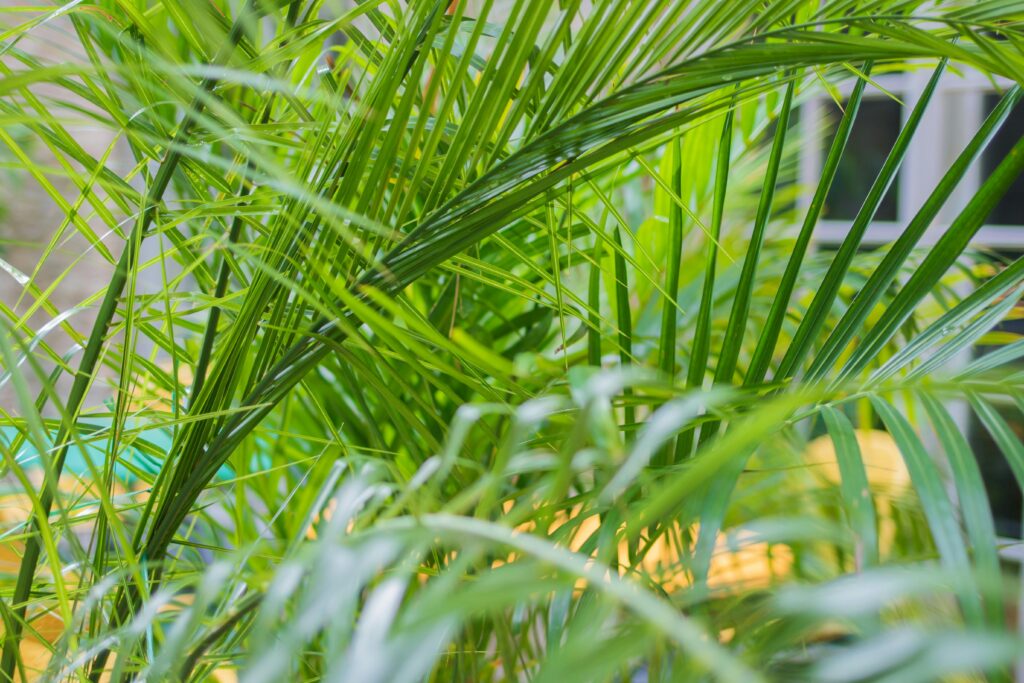
Yellowing leaves on your Areca palm can be a signal of various underlying issues. One frequent cause is overwatering, which can result in root rot. Ensure you are following a proper Areca palm watering schedule by allowing the top inch of soil to dry out between waterings. Another potential cause is inadequate light; Areca palms need bright, indirect light to thrive. If your plant is in a dimly lit area, consider relocating it to a brighter spot with filtered sunlight.
Nutrient deficiencies can also result in yellowing leaves. If this is the case, consider feeding your palm with a balanced, water-soluble fertilizer during the growing season. Additionally, check for pests like spider mites or mealybugs, as they can stress the plant and cause discoloration. Removing affected leaves and addressing the root cause of the yellowing can help restore your Areca palm’s lush, green appearance. Regular monitoring and proper care can prevent future occurrences.
Improving Growth and Health
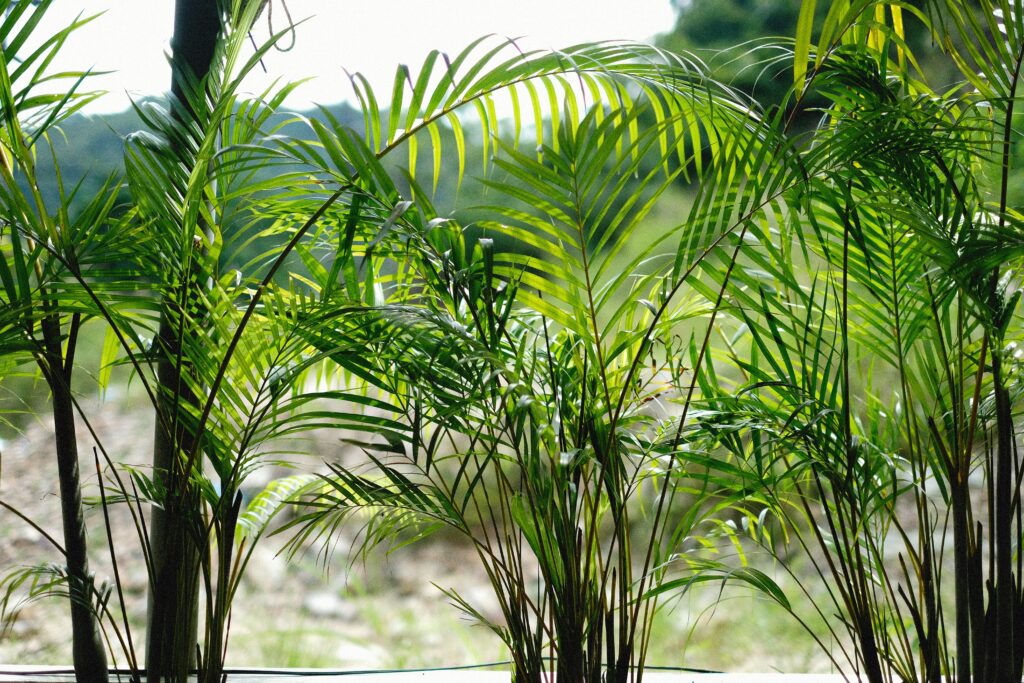
To improve the growth and health of your Areca palm, start by ensuring it receives the right amount of light. Position the plant in a location with bright, indirect light, avoiding direct sunlight that can scorch the fronds. Consistent watering is also key; follow an appropriate Areca palm watering schedule, watering when the top inch of soil is dry.
Humidity plays a significant role in the health of Areca palms. Increase humidity levels by placing a humidifier nearby or setting the pot on a tray filled with pebbles and water. Regularly misting the fronds can also help maintain moisture.
Fertilization is another critical factor. Feed your Areca palm with a balanced, water-soluble fertilizer during the growing season to provide essential nutrients. Pruning dead or yellowing fronds will not only improve the plant’s appearance but also direct energy towards new growth. Lastly, keep an eye out for pests and treat them promptly to prevent infestations. By following these steps, you can enhance the vitality and growth of your Areca palm.


